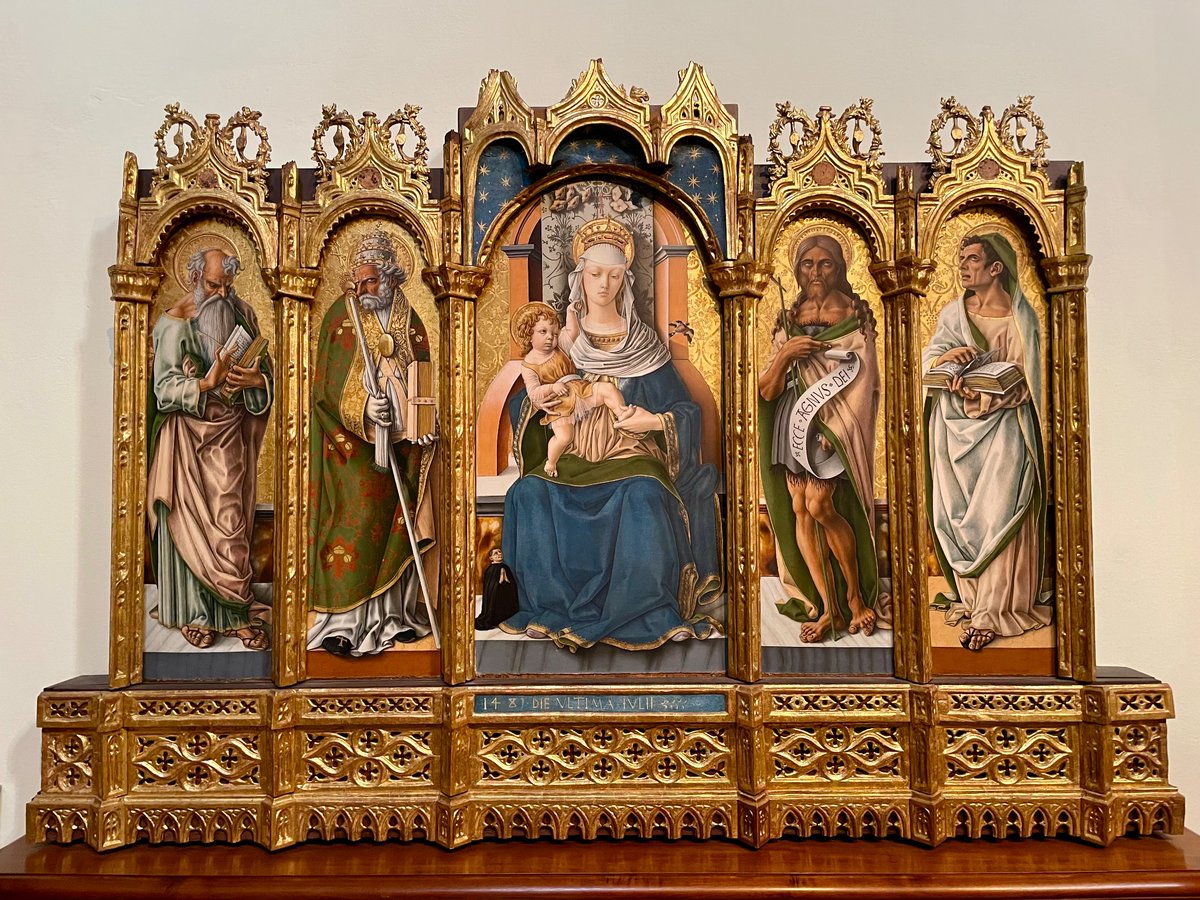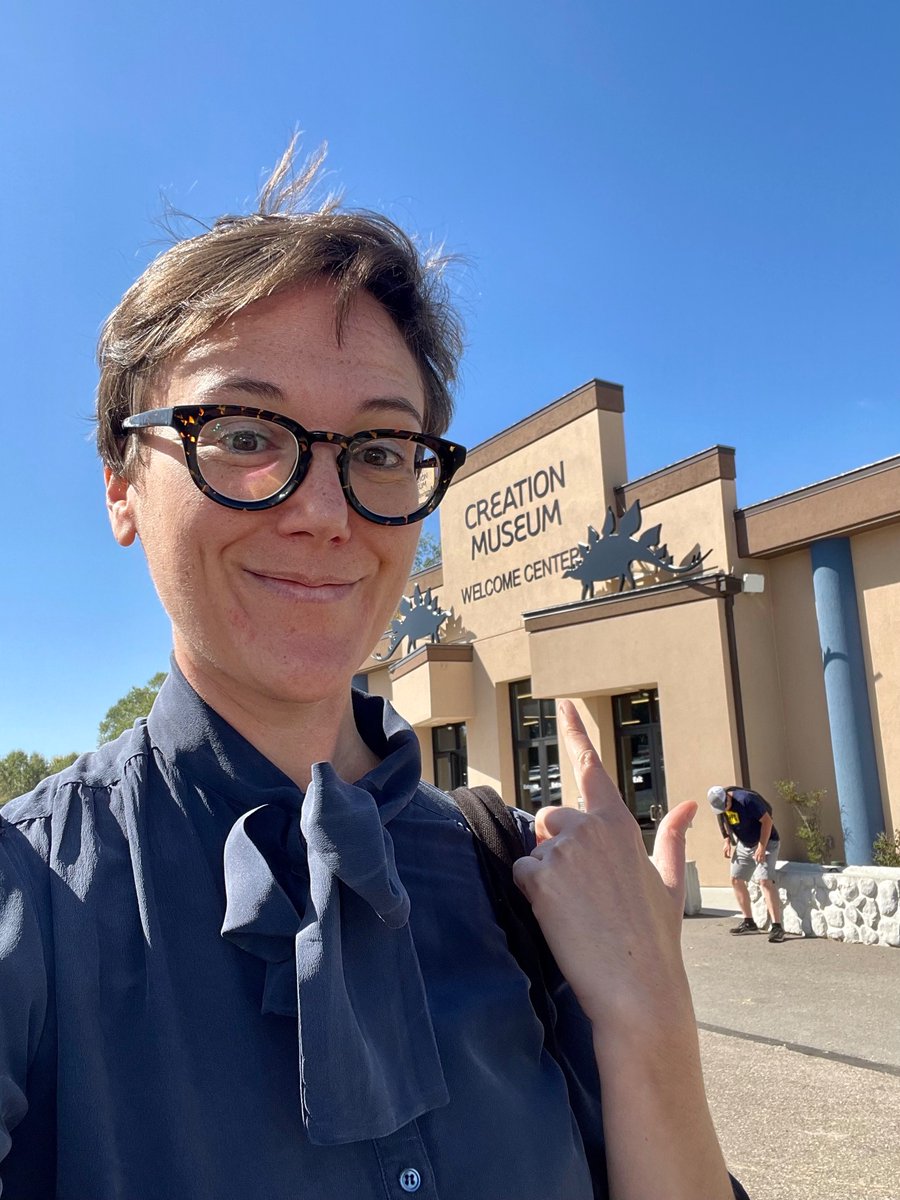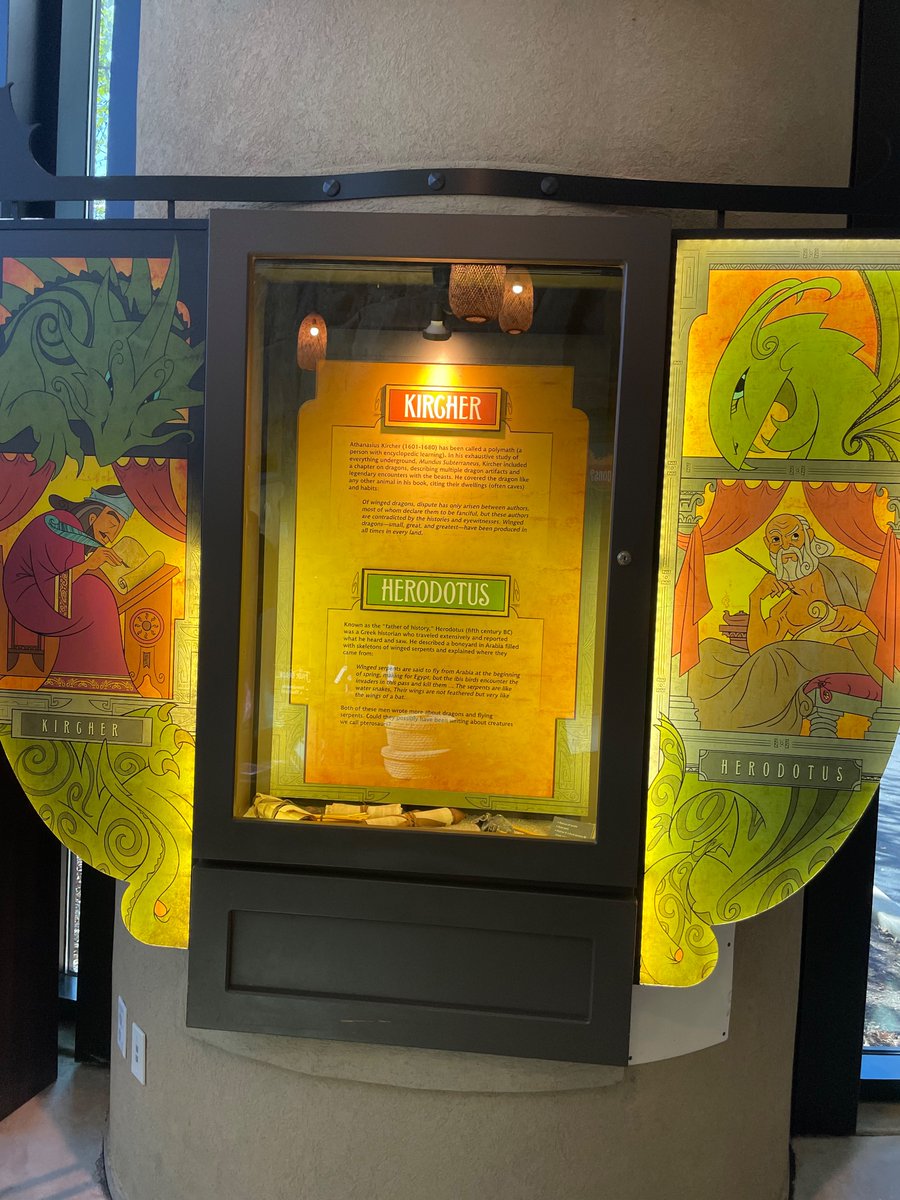An exhibition about abuses of power can't stick to institutional limitations of what art is: @chaedria on why she gave protest flyers and other "ephemera" the same space as a Basquiat painting. Check here soon for the recorded version of her talk!
"You can't create something that's never existed using things you already have" - on the difficulty of re-inventing museums...
If curators want to reach new audiences, they have to become literate in the way these audiences experience art, rather than demanding these audiences learn institutional standards for experiencing art in museums...
But we have to reimagine the field, or else "it will not survive."
OMG - she had to fight to hang some things, because the Guggenheim hadn't put "ephemera" on its walls before. There's, like, a class system in what goes in cases versus on the walls? Arghghghghg.
• • •
Missing some Tweet in this thread? You can try to
force a refresh



























